
Photo by Síle Moloney
Police said the cause of death following the discovery of the body of a woman on or near a bench inside Walter Gladwin Park closest to the East 175th Street and Arthur Avenue entrance in Tremont is still to be determined by the City’s Medical Examiner.
The NYPD said that on Friday, Feb. 23, at around 5.02 a.m. officers from the 48th Precinct responded to a 911 call regarding “an aided female” at East 175th Street and Arthur Avenue, inside the park.

Photo by Síle Moloney
“Upon arrival, officers observed an unidentified female, unconscious and unresponsive,” a police spokesperson said. “EMS responded and pronounced the female deceased on scene.” Police said there were no arrests and the investigation remains ongoing.
According to one law enforcement source, the woman appears to have been homeless and had sustained some bruising to her face and knees. According to the same source, she does not appear to have been the victim of a crime, and although no drugs or drug paraphernalia were found at the scene, an overdose has not been ruled out.

Photo by Síle Moloney
A visit to the park later on Friday, after the crime scene was taken down, saw one man who appeared to be ingesting a substance in a semi-concealed manner in one area, while on higher ground close to some rocks in another area, there were what appeared to be items possibly used for drug ingestion, along with some scattered clothes and a shoe.
Norwood News spoke to a few people in the area on Friday about the incident. Two women who were accompanying some children at a playground inside the park closest to Arthur Avenue gave their reaction to the news, saying they were horrified to hear of the woman’s death. They mentioned that sometimes there were people who appeared to be homeless in the park closest to the East Tremont Avenue and Arthur Avenue corner.
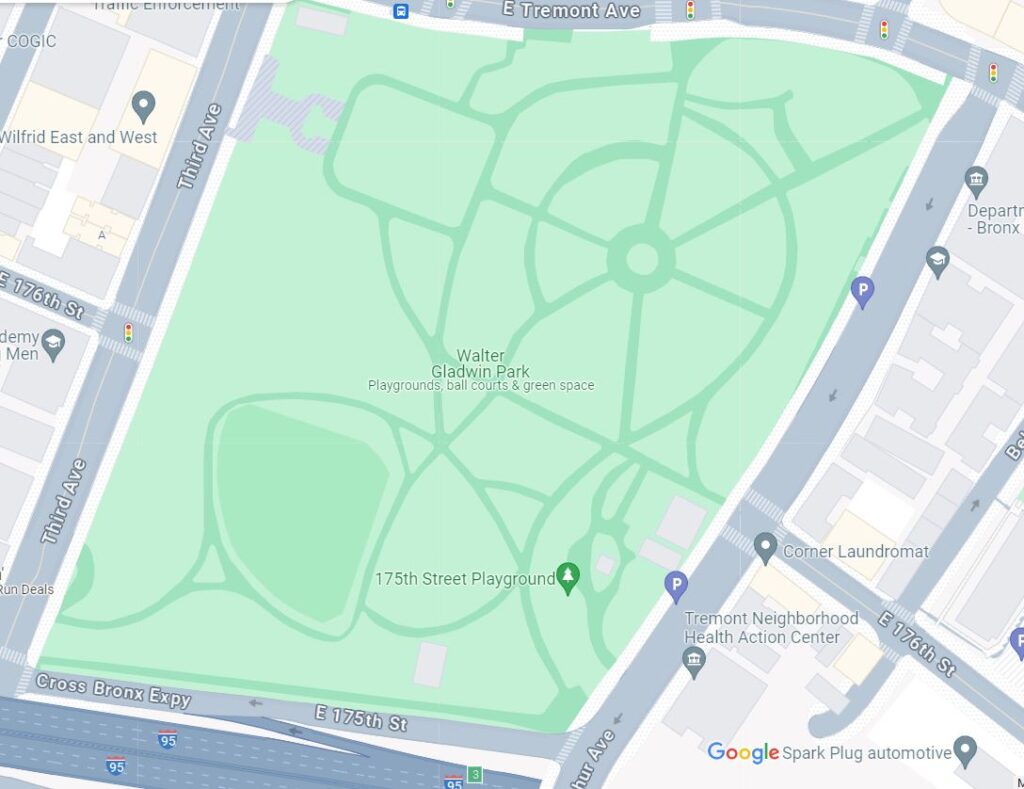
Map courtesy of Google Images
A security guard at a recently opened charter school located on Arthur Avenue nearest to that corner said the school site had previously been used as a drug treatment center in the past. Two police officers stationed on the corner later said they believed the drug center was now located somewhere on Third Avenue.
We also spoke to a 59-year-old man at the entrance to the park on Arthur Avenue and East 175th Street who is a wheelchair user and drug user. On his lap were some needles and a Narcan kit.
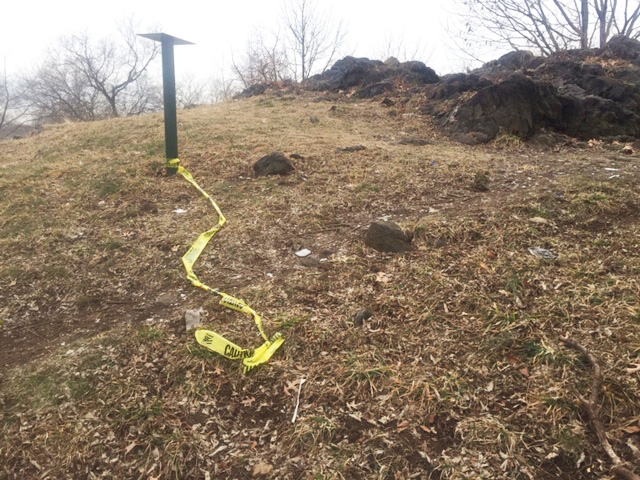
Photo by Síle Moloney
As reported, according to health experts, a Narcan kit containing Naloxone is a potentially lifesaving measure designed to help reverse the effects of an opioid overdose in minutes. Since most opioid overdoses occur in the home and are most often witnessed, according to manufacturers, having a Narcan rescue kit nearby can make all the difference.
When informed that a woman had been found deceased in the park earlier that morning and that the cause of death was not yet known, the soft-spoken man said, “People overdose in here all the time and they’re stupid because they come with no partner with them.”

Photo by Síle Moloney
He added, “If they have somebody with them and something happens, they can give them Narcan. Everybody who does heroin or any other opiates should have Narcan on them at all times.” We mentioned that the man had a Narcan kit with him but was alone. He smiled and said, “I know. I’m waiting for somebody.”
We asked how things were going for him generally. “I mean, one time I had a bad time out here,” he said, explaining that once when he came to the location accompanied by a friend, after taking a hit to get high, he thought he was ok but later realized he really wasn’t. “I told him he could go [leave the park] with his friend [but] I wasn’t okay,” he said.

Photo by Síle Moloney
He continued, “Next thing I know. I’m waking up. My friend had to give me Narcan. He must have just come back here.” We asked if his friend administered the Narcan to him right there by the park and he said he did. Asked if the effect was immediate, he said, “Yeah, it’s fairly immediate. You shouldn’t give a second dose right away because it doesn’t always affect people immediately; some people it does, other people it takes like 10 minutes to totally kick in. The most they suggest is twice, but that’s after giving one and waiting like 15 minutes.”
Asked if the administration of Narcan causes nausea, he said, “Sometimes. I didn’t feel sick that time because the stuff is that strong. It just brought me to normal (back from overdosing but not feeling sick).”

Photo by Síle Moloney
He added, “People get really angry when they wake up after Narcan.” Asked why, the man said, “Because that was their only money of the day to get straight, get normal, because it’s a really terrible disease, terrible; you get sick, sick, sick, sick as you can possibly imagine. You can’t sleep, you can’t eat, you can’t do nothin’.”
The man said the reason people get angry after being given Narcan is because when they come to, they realize their original hit hadn’t been a successful high (since it necessitated the administration of Narcan) and they can also feel nauseous from the effect of the Narcan, even if it likely saved them. He said they then may want another hit to get high again to take the nauseous feeling away but they don’t have enough money because they’ve just spent it on their previous hit and they’re angry it didn’t go as planned.

Photo by Síle Moloney
“Then, they gotta go back and do it all over again and try to get that little bit of money that just breaks it up,” he said. Asked if it was nauseating every time, the man said, “No.”
Asked if he was part of a drug treatment program, the man said, “I go to a methadone program but that stuff is garbage. I’ve been on methadone for 35 years.” Methadone is a medication used to treat those with a confirmed diagnosis of an Opioid Use Disorder (OUD) and can only be dispensed through a certified Substance Abuse and Mental Health Services Administration (SAMHSA) opioid-treatment program (OTP).

Photo by Síle Moloney
We asked the man if it had at least helped wean himself off the use of harder drugs. “Yeah, right, but it doesn’t work,” he said. “It doesn’t work, especially the one they have up here at BNS. They only give what’s called methadose.” The man said he was told that taking methadose “holds you” [keeps you feeling normal, in his words] for about two hours, but he alleged it didn’t last that long.
We asked the man if he received methadose from the NYC Department of Health & Mental Hygiene clinic located across the street from the park on Arthur Avenue. He replied, “We used to. It used to be right here. They moved it out to a different location a few blocks away.” The NYC Department of Health clinic in question is home to Tremont Wellness Center for mothers and babies, which opened in 2022, as reported.

Photo by Síle Moloney
We asked the man if there were any drug programs offered at the clinic which might perhaps be enticing people to choose the park location to get high in order to feel safer / in closer proximity to a drug center. He said he couldn’t really say. Norwood News spoke to a security guard inside the clinic the same day and asked if there was a drug treatment program offered there. He said he didn’t believe there was.
Back at the park, we asked the man if there was anything else he wanted to add or any services he felt the City could provide to assist those in similar circumstances to him. He once again said, “Everybody should always have somebody with them with Narcan.” He also said if there was another alternative to Narcan that didn’t make people feel nauseous, that would be a good thing.

Photo by Síle Moloney
“Yes, if there were like something that could just take away being dead and… [the nausea], he said. “When I’m sick, I throw up constantly; I can’t sleep at all. I have seizures. I also have panic and anxiety attacks. I have seizures and panic and anxiety attacks anyway, and that [Narcan] makes it ten times worse.”
The man also said there should be more overdose prevention centers (OPCs), safe centers that are not shelters where people can go to get high safely, in The Bronx, adding that there were many in Manhattan but not enough in The Bronx. As previously reported, New York City Mayor Eric Adams and the City’s health commissioner, Dr. Ashwin Vasan, announced new measures in August 2022 to reduce the number of overdoses in New York City.
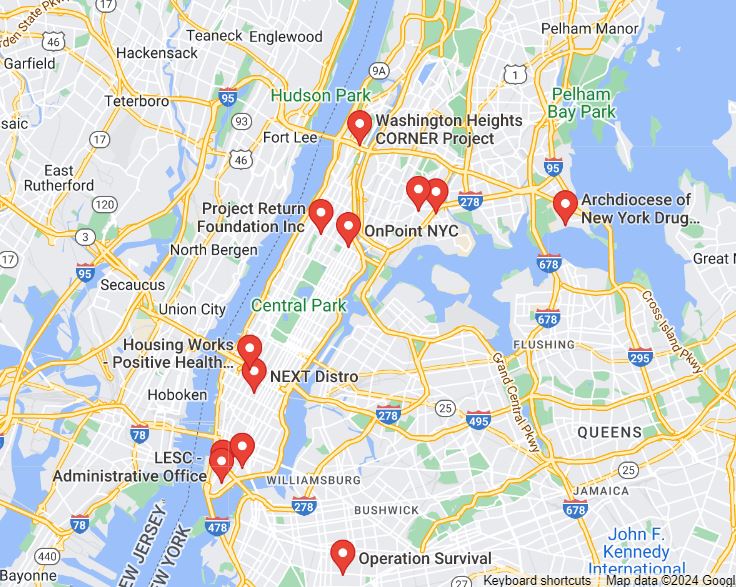
Map courtesy of Google Maps
“The opioid epidemic has already taken the lives of thousands of New Yorkers and the pandemic only exacerbated this crisis,” Adams said at the time. “Today, one of our city’s residents loses their life to an overdose every three hours, so it is essential we use every tool in our arsenal to tackle the overdose crisis.”
Adams and Vasan said at the time they intended to expand access to technology that tests pre-obtained drugs for traces of fentanyl and other possibly lethal substances at sites across the City which run syringe service programs (SSP), and which are co-located at overdose prevention centers (OPCs) run by the City’s partner, OnPoint.
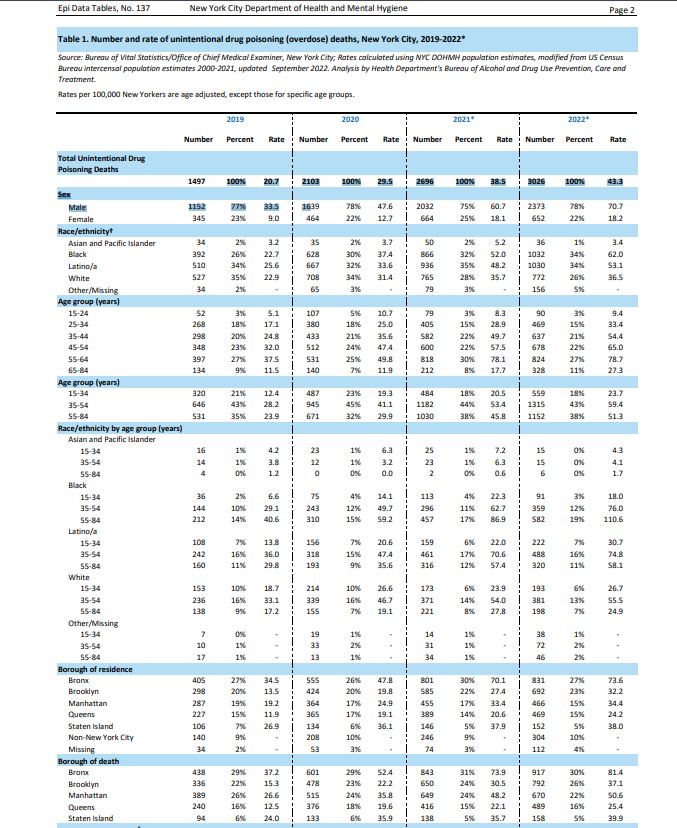
Source: NYC Department of Heath & Mental Hygiene EPI Databrief
As reported last year, according to law enforcement, local prosecutors, and health officials, fentanyl and other synthetic drugs like xylazine are widely distributed in mixtures and quantities that significantly raise the risk of overdose deaths.
In New York City, Bronx County had the highest rate of overdose deaths, and is also a main distribution hub for illegal drugs according to law enforcement officials, due, no doubt, in large part to its proximity to the Westchester County border.
Norwood News has reported at length on several drug busts that have taken place in the North Bronx in recent years, including those with links to Yonkers as well as, of course, the tragic case last year of one-year-old Nicholas Dominici who died from an apparent fentanyl overdose at El Niño Daycare Center, the location of an apparent undercover fentanyl operation, located on Morris Avenue on the border of Kingsbridge Heights and Fordham Manor.
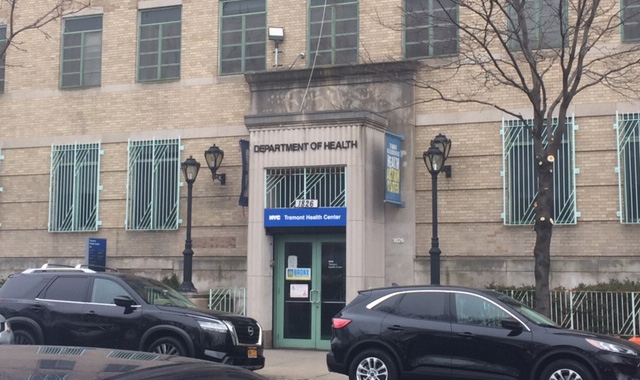
Photo by Síle Moloney
The attached chart, taken from an EPI Databrief by NYC Department of Health & Mental Hygiene, shows the Unintentional Overdose Deaths in New York City in 2022 compared to previous years, and the rates in The Bronx indeed top the list each year with 405 deaths in 2019, and over double that (831) in 2022.
According to the same EPI databrief, the percentage of overdose deaths that occurred in a public outdoor setting increased from 10.6% to 16% over this timeframe, and the top five neighborhoods with the highest rates of Bronx overdose deaths were Crotona/Tremont, located in the center of The Bronx, where the woman’s body was found, Hunts Point/Mott Haven in the southeast /South Bronx, Highbridge/Morrisania in the southwest / South Bronx, and Fordham-Bronx Park in the north Bronx.

Photo by Síle Moloney
Meanwhile, a review of the locations of the various OnPoint OPCs across the city shows nine located in Manhattan, one in Brooklyn, two in the South Bronx (a 15-minute walk from each other), and one in Throggs Neck in the southeast Bronx, possibly one of the most remote and most difficult places to reach in the borough by public transport.
From Walter Gladwin Park, for example, where the woman’s body was found, to the Throggs Neck-based OPC, the Archdiocese of New York Drug Abuse Prevention Program, there is no subway connection and it takes a minimum of 46 minutes to get there by bus depending on the time of day.
Meanwhile, if the thinking was that the OPC located in northern Manhattan i.e. the Washington Heights CORNER Project, could also help serve Bronx residents, the reality is that that might work for Bronx car owners, but the OPC is not directly accessible from The Bronx by subway, and nobody wants to wait for a bus in freezing temperatures in the middle of the night, especially a bus that’s not going to get to its destination anytime soon.

Photo by Síle Moloney
On the other hand, local residents and educators in areas like Fordham Manor in the north Bronx, especially around Poe Park, have long complained about the prevalence of open [outdoor] drug use in that area. Many agree services are needed to assist those with addiction issues, but have called for such services to be provided at a venue located away from young children who are habitually witnessing, at very close proximity, the effects of such open, outdoor drug use in plain sight.
They argue, for example, that the distribution of clean syringes by outreach workers should be handled at a venue or center situated away from schools. The matter was raised once again at a public safety forum held at P.S. 246 in Fordham Manor on Nov. 30 last year. P.S. 246 is located opposite Poe Park, a well-known site for open drug use.

Photo by Síle Moloney
As above, we still don’t know the cause of death of the woman found in Walter Gladwin Park. If it was from an overdose, we will likely never know if she knew of, or had contemplated getting to, an OPC nor if she decided it was just too difficult a journey at 4/5 a.m. last Friday. Had she been in or around Poe Park in Fordham Manor, she may well have deemed such a journey impossible.
And maybe she wasn’t, as the man described, “stupid” to have entered the park unaccompanied, if indeed she did, in order to get high. Maybe she simply didn’t have anybody to ask.
To read some of our previous coverage on the topic of overdose prevention and drug trafficking, click here, here, here here, here, here, here, here, here, here, here, here, here, here, here, here and here.
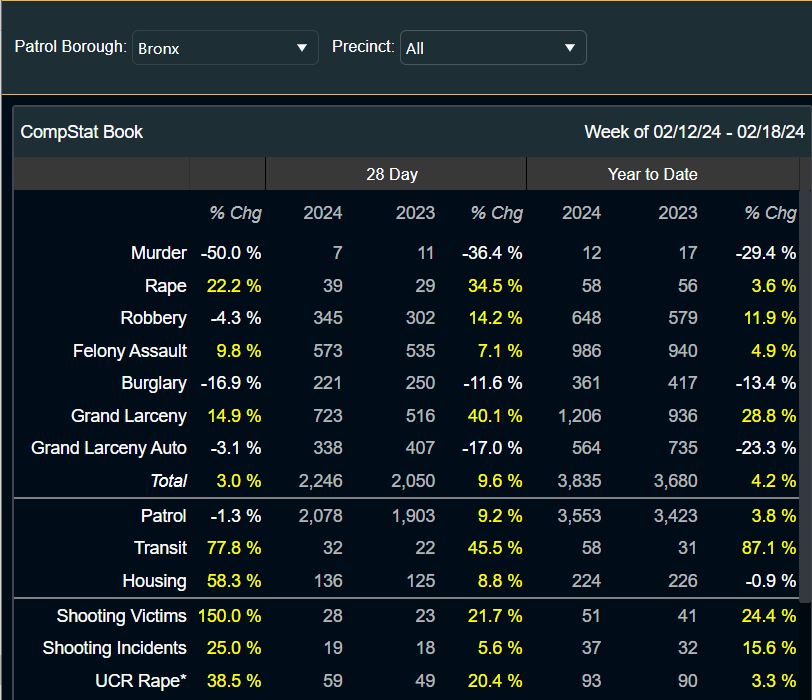
Source: NYPD
NYC Department of Health & Mental Hygiene provides training and regularly updated information on how to obtain and administer naloxone (Narcan). Click here for more information. The nonprofit, Keep It Simple and Safe (KISS) also provides training on the safe administration of Narcan, as reported.
On the same day and at around the same time as the woman’s body was found in Tremont, further north in Fordham Heights, following a dispute aboard the D train, a passenger was killed at the 182nd-183rd Street Subway Station. To read our story on what the MTA, the NYPD, and some local elected officials said about the incident, click here. To read reaction from subway riders, click here.
Fentanyl Patch Safety Video courtesy of the U.S. Food and Drug Administration via YouTube
Anyone with information regarding the discovery of the woman in Walter Gladwin Park can call the NYPD’s Crime Stoppers Hotline at 1-800-577-TIPS (8477) or for Spanish, 1-888-57-PISTA (74782). The public can also submit their tips by logging onto the CrimeStoppers website at https://crimestoppers.
All calls are strictly confidential.




